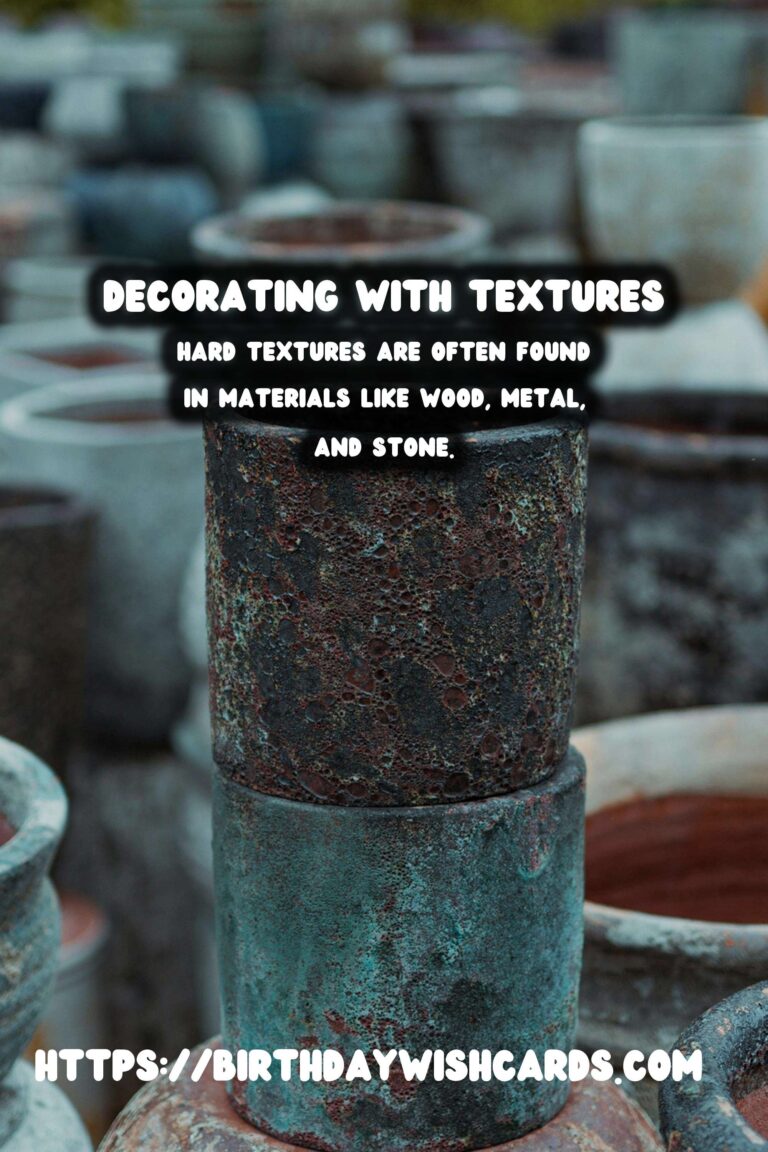
Decorating with textures is an essential design element that can transform any space, adding depth, warmth, and interest. Textures can be incorporated in various forms, from fabrics and finishes to furniture and accessories, making it a versatile tool for any interior design enthusiast. In this comprehensive guide, we will explore the many ways you can successfully add layers to your home using textures.
Understanding the Importance of Texture in Interior Design
Texture in interior design refers to the surface quality of a material. It can be smooth, rough, soft, or hard, and it influences how a space looks and feels. Texture plays a crucial role in creating visual interest, enhancing other design elements, and contributing to the overall atmosphere of a room. By skillfully combining different textures, you can create a balanced and harmonious environment that feels both dynamic and inviting.
Types of Textures to Consider
When decorating with textures, it’s essential to understand the different types available and how they can be used to achieve your desired aesthetic. Here are some common types of textures:
1. Soft Textures
Soft textures include materials such as velvet, silk, wool, and cotton. These materials add a sense of warmth and comfort to a space, making them ideal for areas where relaxation is key, such as living rooms and bedrooms.
2. Hard Textures
Hard textures are often found in materials like wood, metal, and stone. These textures add structure and contrast to a room, creating a striking balance against softer elements. They are often used in kitchens, bathrooms, and entryways.
3. Natural Textures
Natural textures bring the outdoors inside, adding an organic touch to your decor. Materials such as rattan, jute, and bamboo are popular choices that can be used in various ways, from rugs and furniture to wall coverings and accessories.
Incorporating Textures into Your Decor
Once you understand the different types of textures, it’s time to start incorporating them into your decor. Here are some tips for adding layers with textures:
1. Layering Fabrics
One of the easiest ways to add texture to a space is by layering fabrics. Consider using a mix of materials, such as a velvet throw over a cotton sofa, or silk pillows on a wool bedspread. This combination of textures adds depth and interest, making your space feel more inviting.
2. Mixing Finishes
Mixing finishes, such as matte and glossy, can also add texture to a room. For example, a matte wall paint combined with glossy tiles creates an eye-catching contrast that adds dimension to your space.
3. Textured Accessories
Accessories are an excellent way to introduce texture into your decor. Consider adding woven baskets, textured vases, or a shaggy rug to your space. These elements can easily be swapped out or updated to reflect changing trends or seasons.
Creating a Cohesive Look
While adding texture is important, it’s equally vital to ensure your space remains cohesive. Here are some strategies to achieve a balanced look:
1. Choose a Color Palette
Stick to a color palette that complements the textures in your space. This will help tie everything together and prevent the room from feeling disjointed.
2. Use Texture to Highlight Focal Points
Use textures to draw attention to focal points in your room, such as a statement piece of furniture or an architectural feature. This can be achieved by using contrasting textures or by adding layers around the focal point.
3. Balance Bold Textures
If you’re using bold textures, balance them with simpler elements to avoid overwhelming the space. For example, if you have a bold, textured wall, keep furniture and accessories more subdued.
Conclusion
Decorating with textures is a powerful way to add layers and interest to your space. By understanding the different types of textures and how to incorporate them effectively, you can create a home that is both stylish and comfortable. Remember to keep your design cohesive and balanced, and don’t be afraid to experiment with different materials to find what works best for your space.
Decorating with textures is an essential design element that can transform any space, adding depth, warmth, and interest. Texture plays a crucial role in creating visual interest, enhancing other design elements, and contributing to the overall atmosphere of a room. Soft textures include materials such as velvet, silk, wool, and cotton. Hard textures are often found in materials like wood, metal, and stone. Natural textures bring the outdoors inside, adding an organic touch to your decor. Mixing finishes, such as matte and glossy, can add texture to a room. Accessories are an excellent way to introduce texture into your decor. Stick to a color palette that complements the textures in your space. Use textures to draw attention to focal points in your room. Decorating with textures is a powerful way to add layers and interest to your space. 
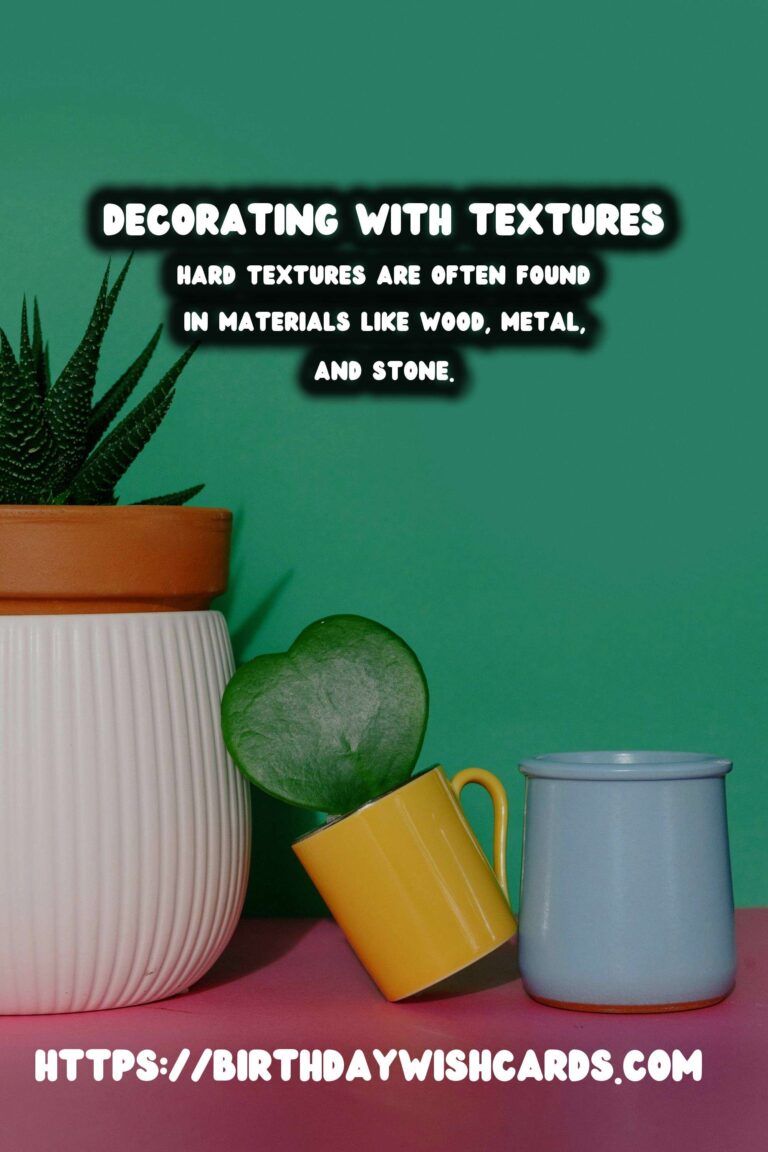
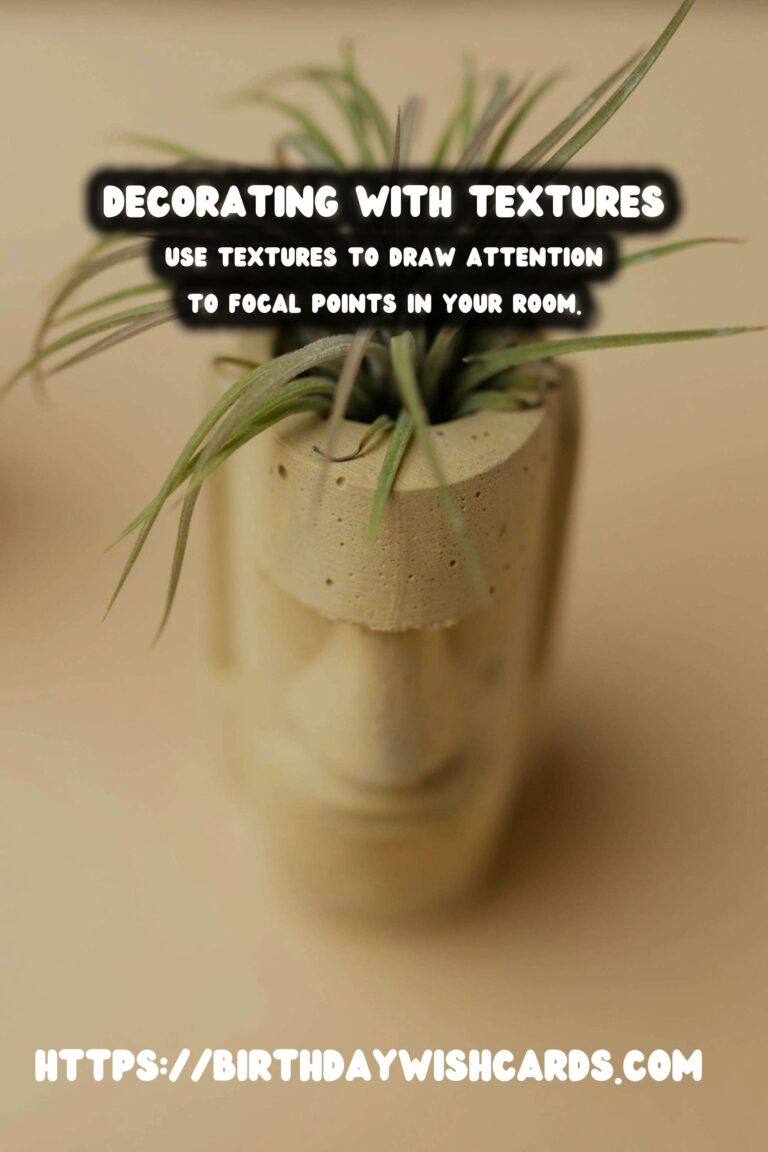
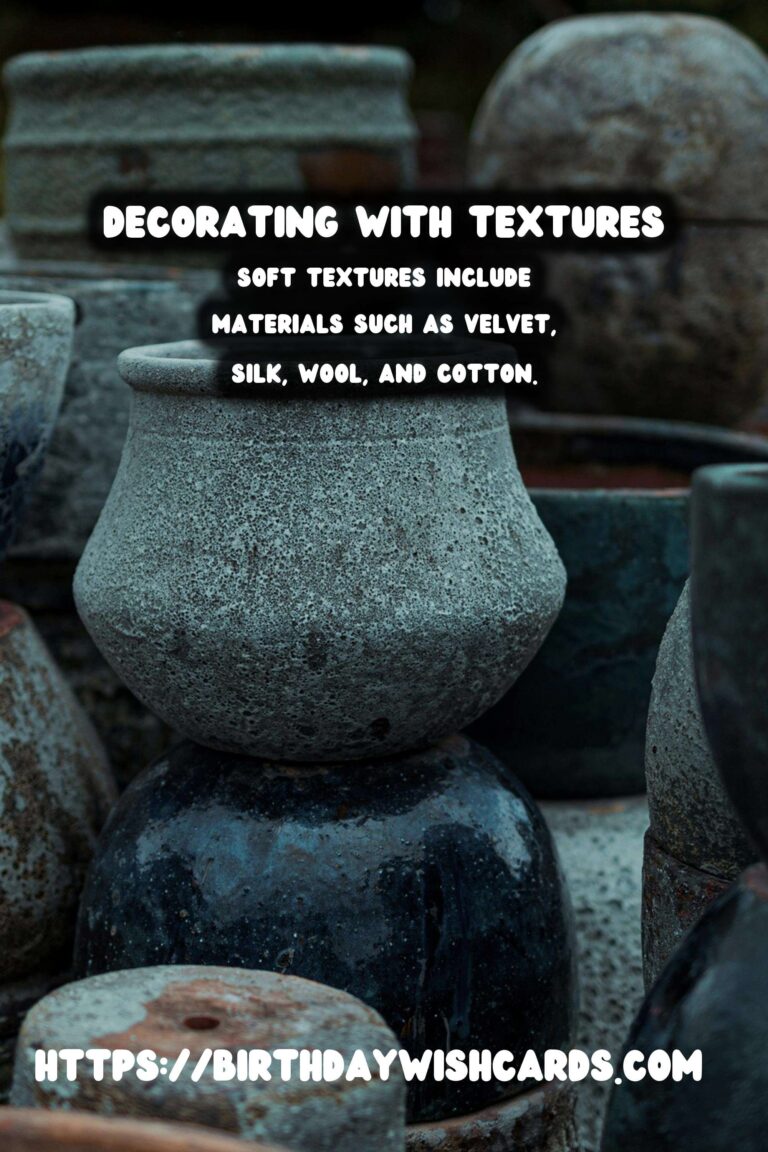
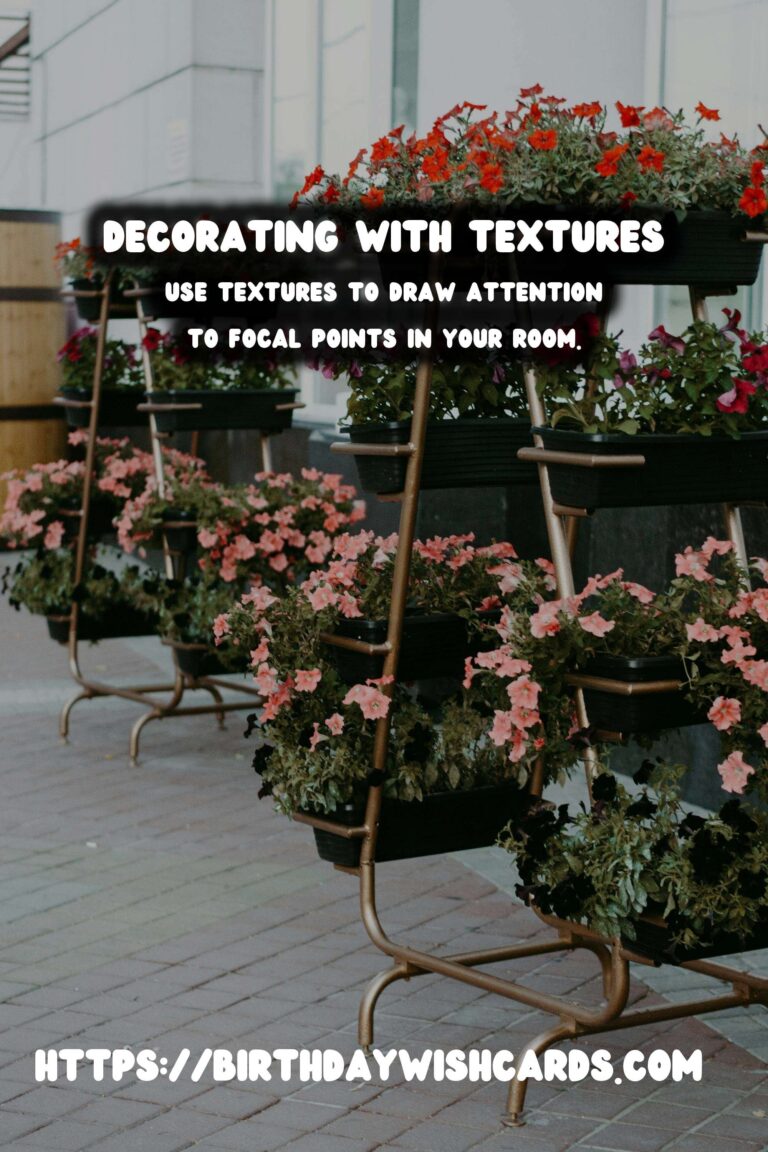

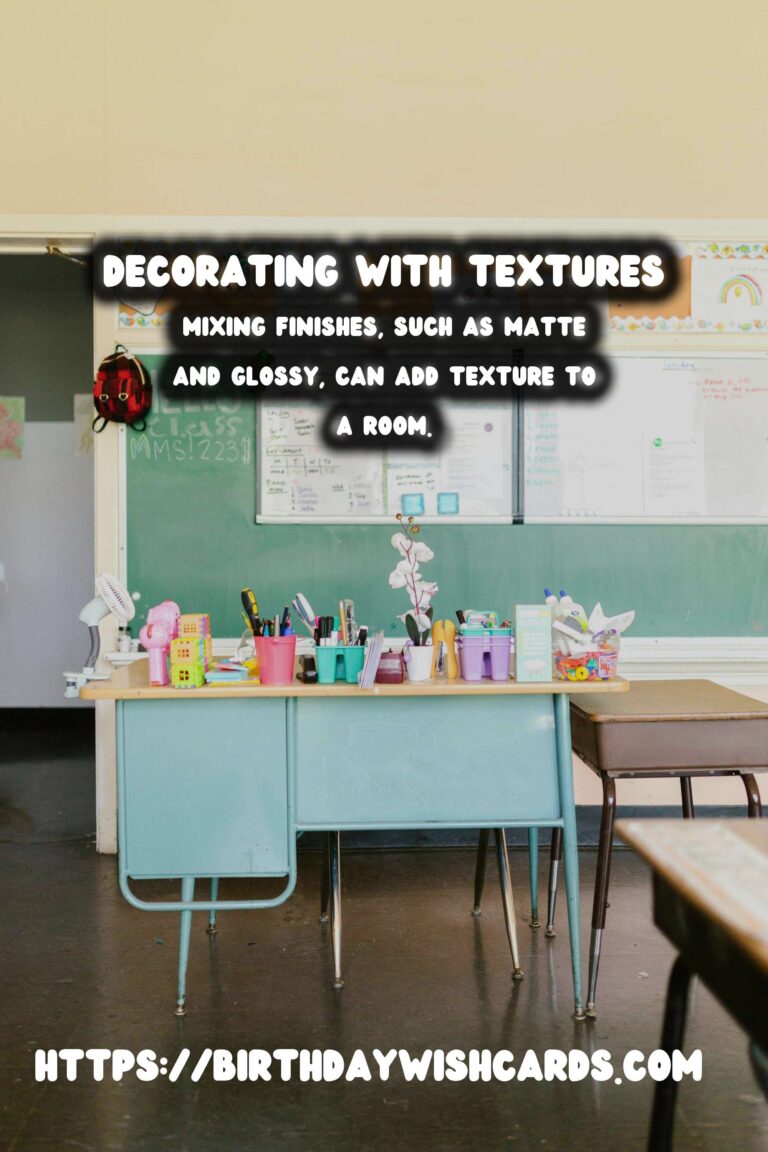
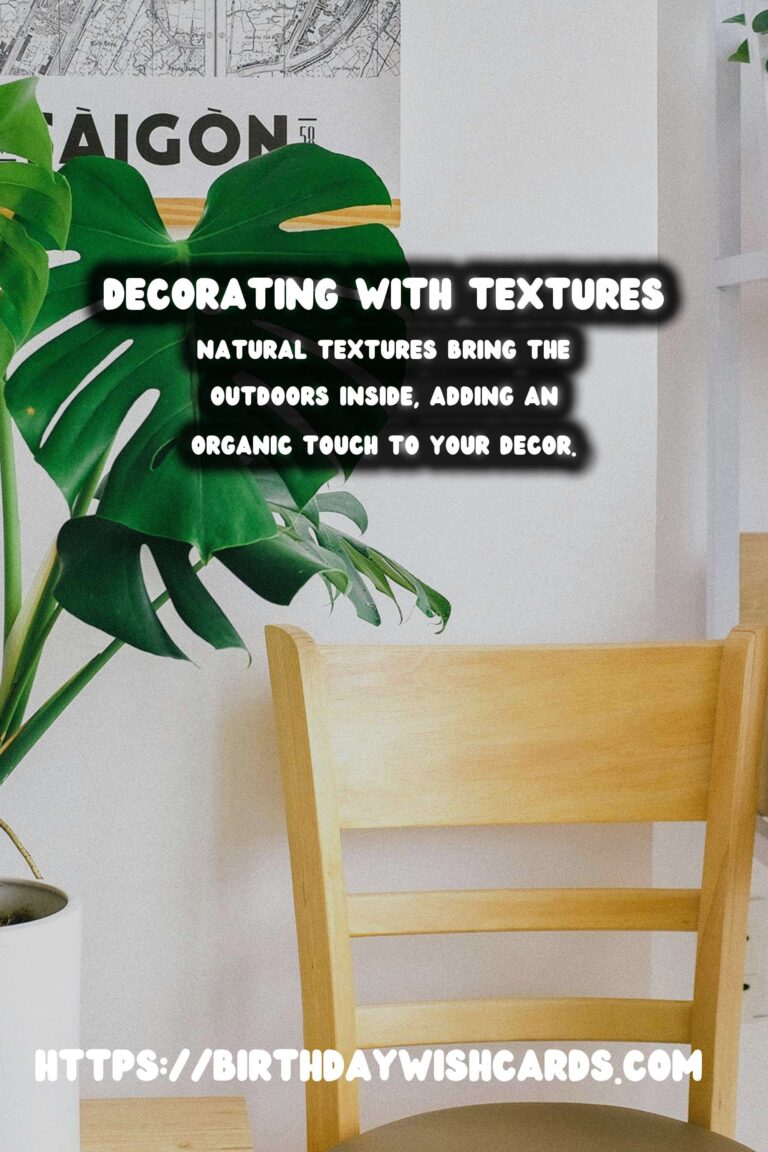
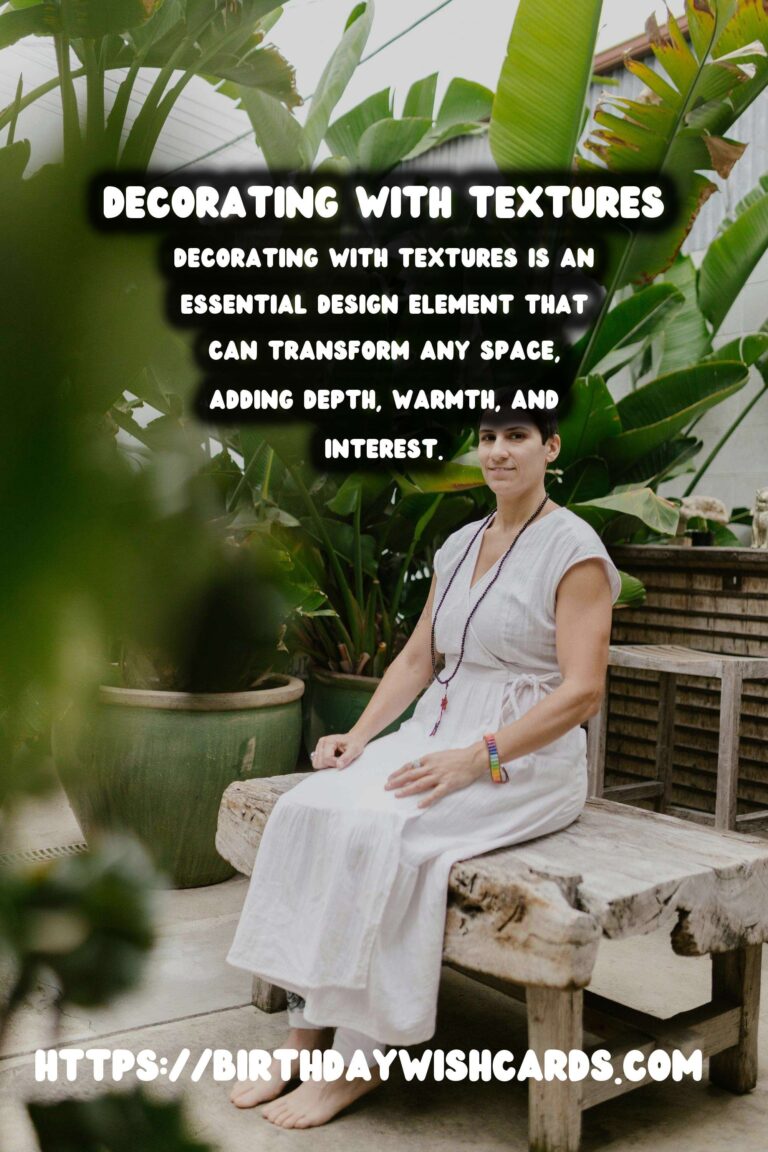
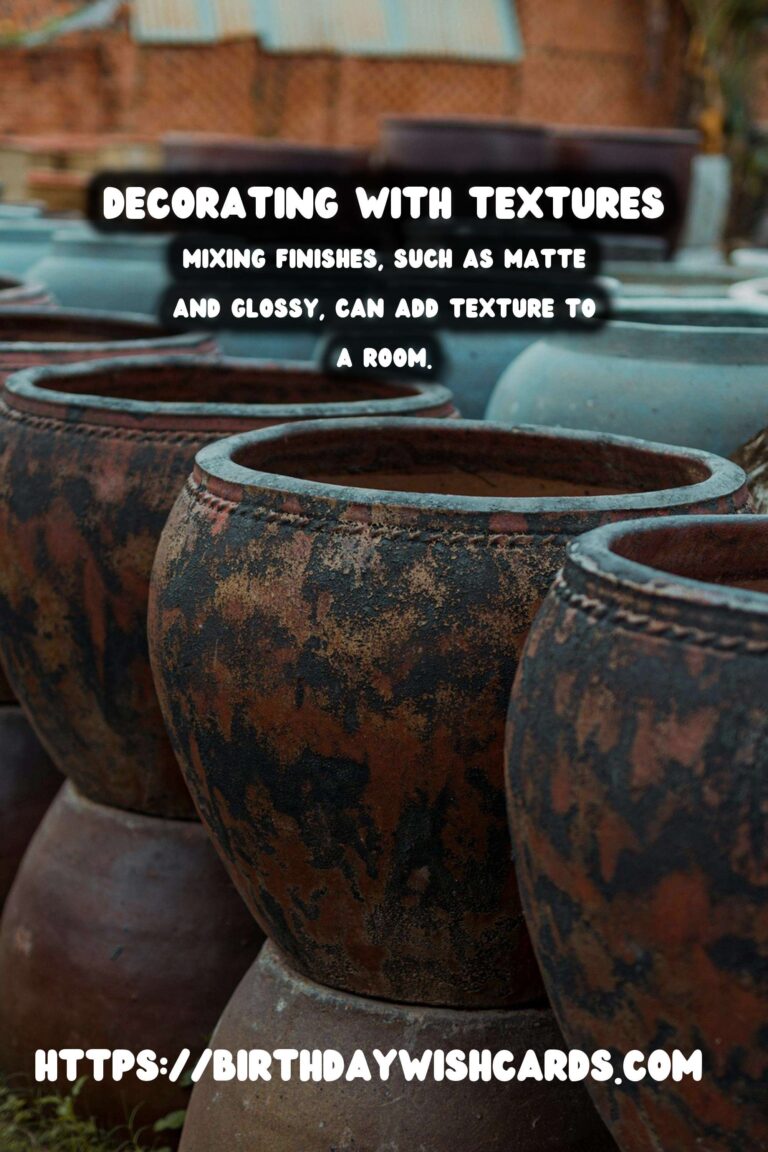
#InteriorDesign #HomeDecor #Textures #Layering #DecoratingTips




